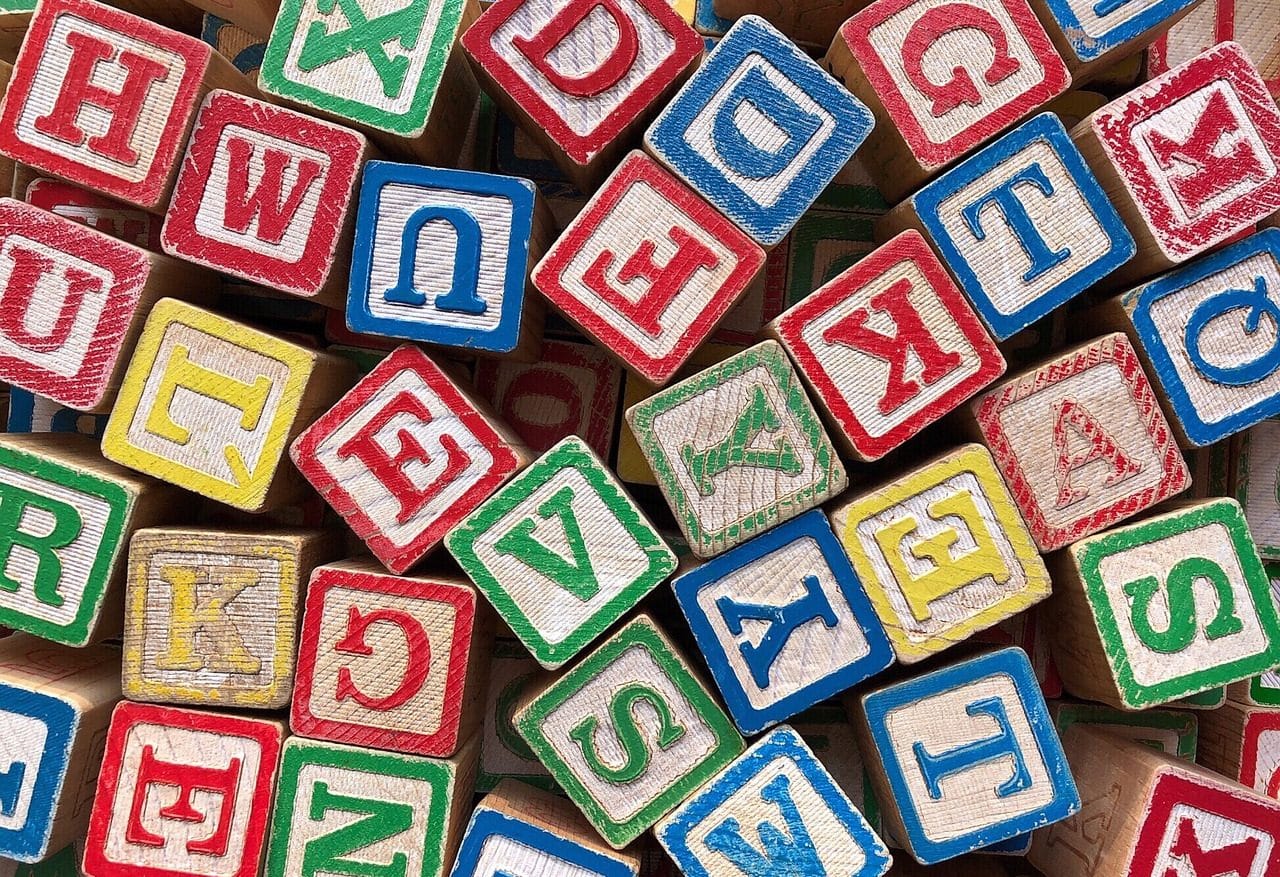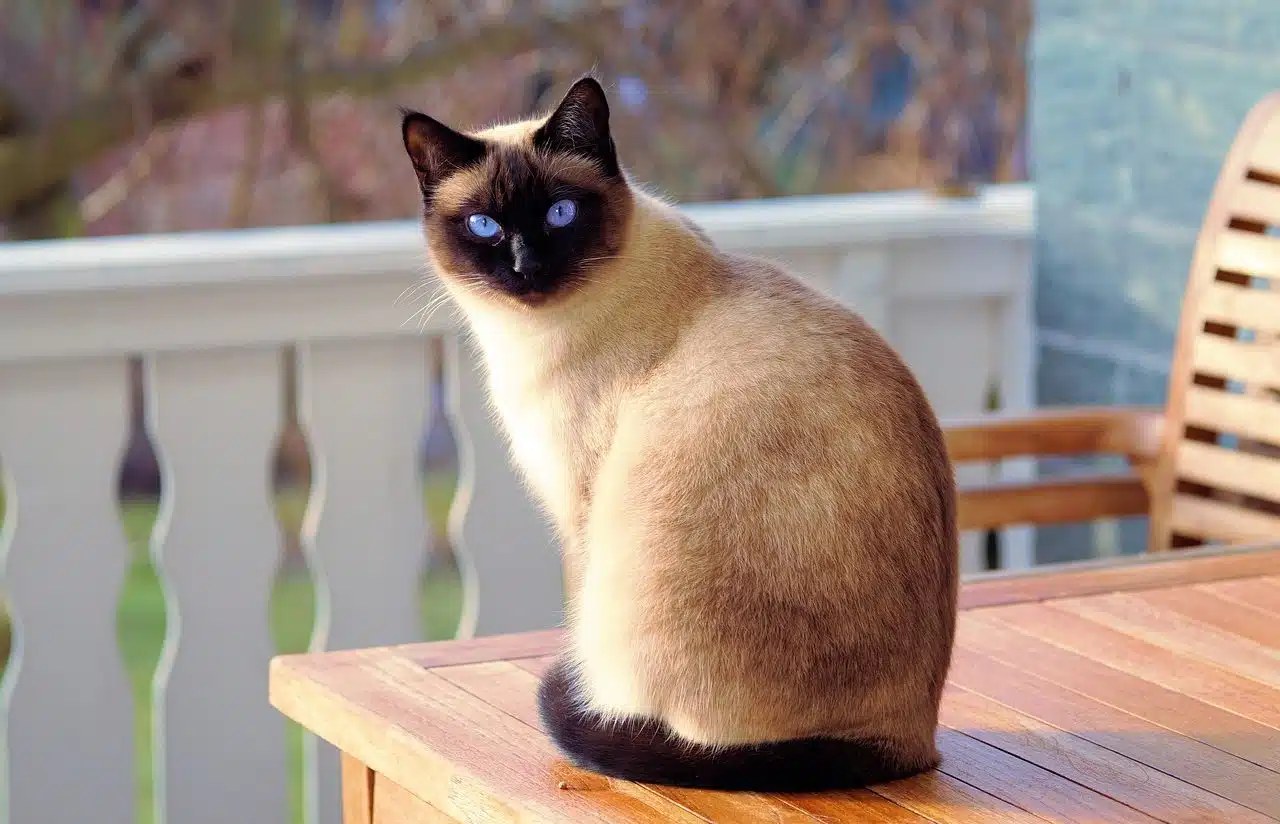
An anagram involves a change in the order of the letters that make up a term to generate a different word.
The anagram is a modification in the order of the letters that make up a word, generating another different word. The etymology of the term refers us to the French anagramme , which comes from the Latin anagramma .
Anagrams are often used in word games and puzzles as a hobby , since they require the use of creativity and memory for their formation. Good use of anagrams requires an extensive vocabulary .
Anagram Examples
Take the case of the word “cat” . If we transpose the letters, changing their places, we can form other terms, such as “gota” or “toga” . In this way, “gato” , “gota” and “toga” are anagrams: words that are written with the same letters, but located in a different way.
Expressions can also give rise to anagrams. “Crazy author” , for example, is an anagram of “Colo Tauro” . Anagrams can appear in different languages : “An Smith” is an anagram of “This Man” .
It is curious that the very concept of anagram allows the creation of anagrams such as “gama rana” or “magra ana” .

"Cat" and "toga" are anagrams.
The case of Voltaire
As can be seen in all the previous examples, it is not a requirement of the anagram that the words have some type of relationship in terms of their semantics or their grammar , although this does not mean that it cannot exist by mere coincidence.
It is said that Voltaire , pseudonym of a famous writer, philosopher and historian of French origin, emerged as an anagram of his surname, Arouet , in the expression " Arouet l e j eune" ( Arouet, the young ), taking only the " l" and the "j" of the two remaining words and considering the "u" as a "v" , and the "j" as an "i" .
Anagrama Editorial
Anagrama , on the other hand, is the name of a publishing house created in 1969 in the Spanish city of Barcelona . Its founder was Jorge Herralde , renowned editor and writer.
Thanks to the work of Herralde , many authors of various languages have been able to bring their works closer to Spanish-speaking readers. His career in the publishing world has been awarded on more than one occasion by organizations from various countries. Regarding his literary legacy as an author, he has published nearly a dozen books in which he often delves into his editorial work. His wife, Eulalia Lali Gubern , worked as a bookseller and translator.
Editorial Anagrama has released books by great authors from around the world , such as Vladimir Nabokov , Norman Mailer , Sergio Pitol , Ricardo Piglia , Enrique Vila-Matas , Thomas Bernhard , Álvaro Pombo and Javier Marías . The company, on the other hand, awards two awards each year to recognize the quality of unpublished works: the Herralde Prize for Novels and the Anagrama Prize for Essays .
Throughout the history of this publishing house, which now covers more than half a century, its catalog of books has exceeded three thousand, and among them are many of the most important essay and narrative titles of recent decades, although there are plenty To say that not all authors are fortunate enough to publish in this house and that is why competition is necessary.
Anagrama has several collections, with different themes, and among the most significant are the following:
- Hispanic narratives , where Spanish-speaking fiction writers are grouped, such as Roberto Bolaño, Vera Giaconi, Álvaro Pombo, Marta Sanz, Ricardo Piglia, Mariana Enriquez, Javier Tomeo, Sara Mesa, Sergio Pitol, Esther García Llovet and, in the beginning of their careers, Antonio Soler and Javier Marías .
- an anorama of narratives , which focuses on the fiction of foreign authors such as Cahterine Millet, Vladimir Nabokov, Pauline Dreyfus, Thomas Bernhard, Yasmina Reza, Patrick Modiano, Jean Echenoz, Ian McEwan, Christie Bridget, Norman Mailer, Linda Rosenkrantz, Albert Cohen, Sara Waters, Martin Amis, Roberto Calasso and Alessandro Baricco .
- rguments, with essays of various kinds, prepared by contemporary writers, philosophers and thinkers among whom we can highlight Graciela Speranza, Anselm Jappe, Julia Cagé, Guy Debord, Patricia Soley-Beltran, Greil Marcus and Hans Magnus Enzensberger .
